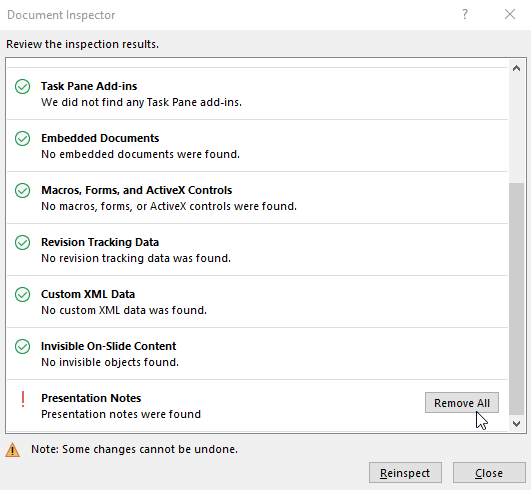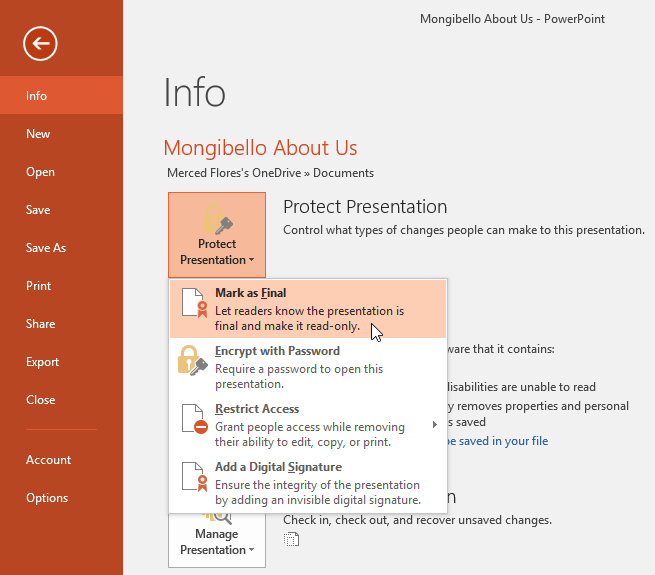

Microsoft admit this lapse in Inspect Document, if you look carefully at the ‘Invisible Content’ notes. Inspect Document doesn’t warn about text hidden ‘under’ other objects. It’s possible to accidentally add an object over text you want to keep private. Word, Excel and PowerPoint can overlay images, shapes, charts and text boxes over other elements or text. The option above, Picture Tools | Format | Compress with a different image resolution should make Office overwrite images without any meta-data. Plenty of people have disclosed their private address by sharing images, not realizing that what they see in the picture is hiding more detailed info. The GPS position data is a notable privacy breach. See Image privacy breach in Microsoft Office Inspect Document does nothing to remove all that image data. The entire image file is copied into the Office document including file name and meta-data.ĭetails include the image file name, date taken, date modified, camera used, names, keywords/tags and, crucially, GPS latitude/longitude. UNcheck ‘Apply only to this picture’ to ensure all images are protected.Īny image added into a document includes a lot of additional or ‘meta-data’ about the image.

To remove cropped parts of an image go to Picture Tools | Format | Compress choose ‘Delete cropped areas of pictures’. Inspect Document doesn’t warn about hidden cropped parts of an image. Saving Word document with automatic Document InspectorĬropping an image only hides the edge elements, they aren’t really removed. ‘Text behind images/shapes’ might be hard to find programmatically however Inspect Document could warn users that there are multiple layers which might hide content. Other gaps in Inspect Document would be harder to cover but possible with some effort. For example, image meta-data could be stripped with features already available in Office. Some of the lapses in Inspect Document could be fixed by Microsoft. There may be others, if you can think of one, let us know. There are some things overlooked by Inspect Document that we’ve detailed below. The feature is promoted as a way to ‘privatize’ a document, workbook or presentation. Inspect Document isn’t bad, but it can give people a false sense of security. For example, revisions in a contract can show the in-house debate on prices or terms to the other side of a negotiation. The feature was added after Office customers discovered that embarrassing info was being included in documents sent outside the organization. Details in images, layers and even highlighting.ĭocument Inspector is at File | Info in Office for Windows. It’s not perfect and misses out on some critical hidden information that can giveaway secrets. Office’s Inspect Document is supposed to remove or scrub information being accidentally included in Word, Excel or PowerPoint files.


 0 kommentar(er)
0 kommentar(er)
